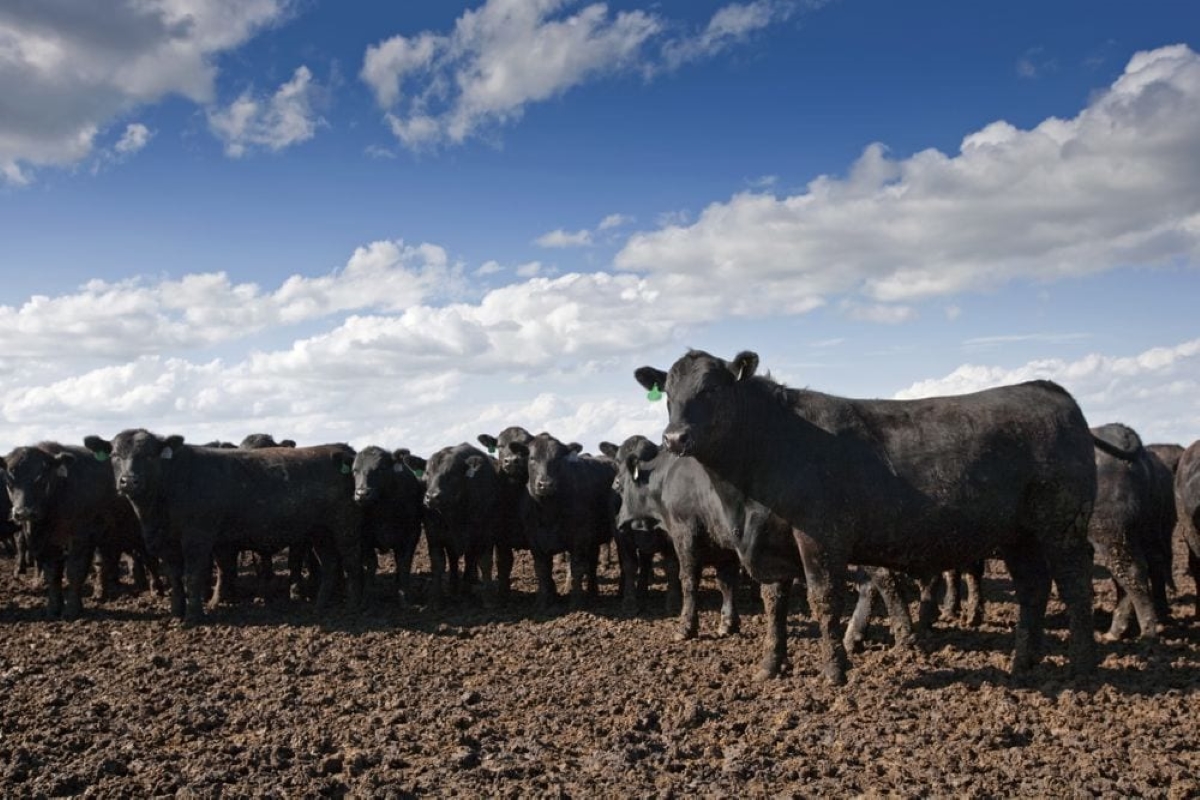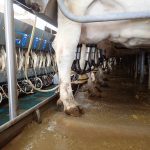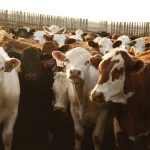Chicago | Reuters — U.S. cattle futures rose on Friday, shrugging off earlier declines on technical buying and support from government data showing fewer cattle placed in feedlots during April, traders and analysts said.
Relatively thinly traded feeder cattle futures jumped more than one per cent after the U.S. Department of Agriculture released its monthly Cattle on Feed report at midday, and those gains pushed up more the actively traded live cattle market.
“When I started seeing the rally late, I think it was led by the feeder cattle. The deferred live cattle caught a little fire with that,” said one U.S. futures trader.
Read Also

U.S. livestock: Cattle futures fall on expectations of US agriculture secretary announcement
Chicago | Reuters – Chicago Mercantile Exchange cattle futures fell on investor expectations that U.S. Agriculture Secretary Brooke Rollins might…
Chicago Mercantile Exchange August feeder cattle settled up 1.625 cents at 144.925 cents/lb., the highest since May 7 (all figures US$). The weekly percentage gain of more than five per cent was the largest in the contract’s history.
Most-active CME August live cattle finished 0.525 cent higher at 102.3 cents/lb.
While the USDA report underscored abundant U.S. cattle supplies, declines in placements of cattle in feedyards declined by about eight per cent in April. That suggested that feedlots might need to buy cattle to fill up their pens.
And even as the total supply of cattle on feed was up about five per cent, new supplies available to bring into feedyards was beginning to tighten, the traders said.
“We are going to have a hard time finding animals,” said Zaner Ag Hedge analyst Ted Seifried. “The supply is going to dry up a little bit.”
The Cattle on Feed report was relatively in line with pre-report analyst estimates. The data showing large supplies on its own could be perceived as bearish but many had prepared for it.
“A lot of times we get these slightly bearish reports that come out as expected, and we rally from there,” Seifried added.
Cash cattle after the report fetched about $110/cwt in Kansas and Nebraska — sales that were down $5 to $6 from a week ago, suggesting limited demand for the moment from beef packers.
Lean hog futures were little-changed in muted trading ahead of the three-day U.S. Memorial Day holiday weekend.
CME July hog futures finished 0.775 cent higher at 77.55 cents/lb., keeping within the wider trading range established Thursday.
— Michael Hirtzer reports on commodity markets for Reuters from Chicago.














